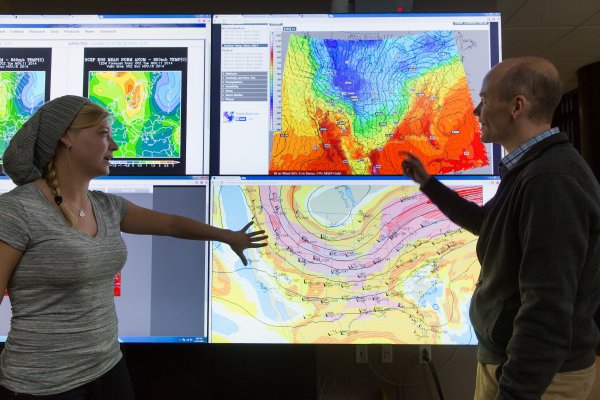Field Study: Grand Kankakee Marsh

Student Centric Research
A student centered research project aimed at developing a comprehensive study of a wetland estimated to have once been 1,500 sq miles in size bordering the Kankakee River known as the Grand Kankakee Marsh (it was actually a swamp, but names stick). This area had been referred to as the “Everglades of the North” and was major stop-over point for migratory birds. In order to develop the land for agriculture a large number of drainage ditches were excavated across the landscape and the river was both dredged and straightened to speed the removal of water from the flat terrain and ultimately lower the water table. Unfortunately, draining a wetland means that all the dead plant remains (organic matter) that had accumulated there will begin to decay. The end result is the carbon once stored in the wetland’s organic matter is released to the atmosphere and a contributor to climate change.
Current project goals include:
- Determining the likely former extent of the wetland using existing soils data and historical maps
- Measuring the volume of carbon stored today in the soils of the former GKM
- Estimating the volume of carbon added to the atmosphere as a result of draining the GKM and the decay of soil organic matter
- Assess the stability of remaining carbon within the soils of the former GKM to determine if the area has reached a carbon equilibrium
